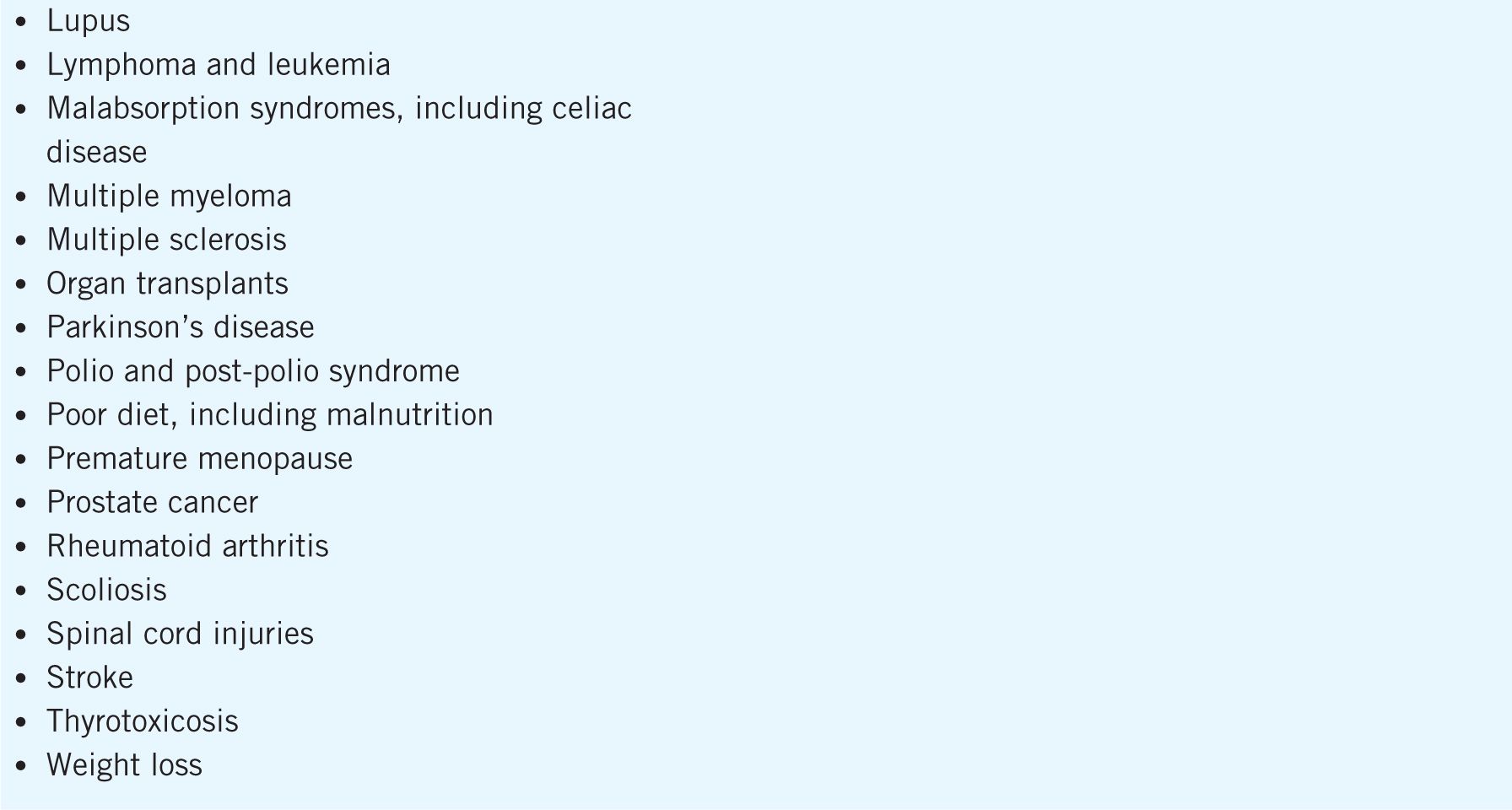
Other foods high in Vitamin D are liver and chicken liver pate, as well as some cereals. Vitamin D is found in eggs, oily fish like salmon, mackerel, herring, sardines, fortified milks and spreads.

Sun protection creams also prevent the production of Vitamin D, and as a result dietary sources are becoming more important. Those who burn easily should not try to get their Vitamin D from the sun and young babies should be given Vitamin d drops and should not be exposed to the sun. When we are lucky enough to have a sunny day, 15 minutes of exposed skin, which can be broken up into 3 sets of 5 minutes and then put sunblock on. However, due to Ireland’s northerly latitude this means we cannot rely on this source, especially in winter. The best source of this vitamin is sunlight, as the body makes vitamin D through the action of sunlight on the skin. Vitamin D helps the body to absorb calcium which is essential for healthy bones. Excessive consumption of fizzy drinks in teenagers means that healthier more nutritious drinks like milk and juices are often displaced in the diet leading to poor calcium intakes.Īnother crucial nutrient for bone health is Vitamin D, also known as the sunshine vitamin. Other factors that may have a negative effect on bone health at this time include lack of exercise, smoking, alcohol, fad diets or constant dieting, eating disorders such as anorexia and/or bulimia, or excessive exercise on its own or combined with an eating disorder. Unfortunately, 75% of teenage girls do not meet their calcium needs. Pregnant women need three unless they are expecting twins when five servings are recommended. Teenagers need five servings of calcium each day to meet the requirement for growth and development. three servings each day from the milk group of foods. The easiest way to obtain this is through the regular consumption of milk, cheese, and yogurt i.e. The Department of Health and Children recommend that children, adults, and senior citizens include three servings of foods with calcium per day However, calcium, Vitamin D, and regular exercise can help to minimise bone loss. This is accelerated in women after the menopause when the protective effect of oestrogen is lost. After this, it is natural to lose a small amount of bone each year.

While 90% of adult bone is laid down by the age of 17, bone continues to grow in strength up until the mid-thirties. It is important to look after your bones no matter what your age.


 0 kommentar(er)
0 kommentar(er)
